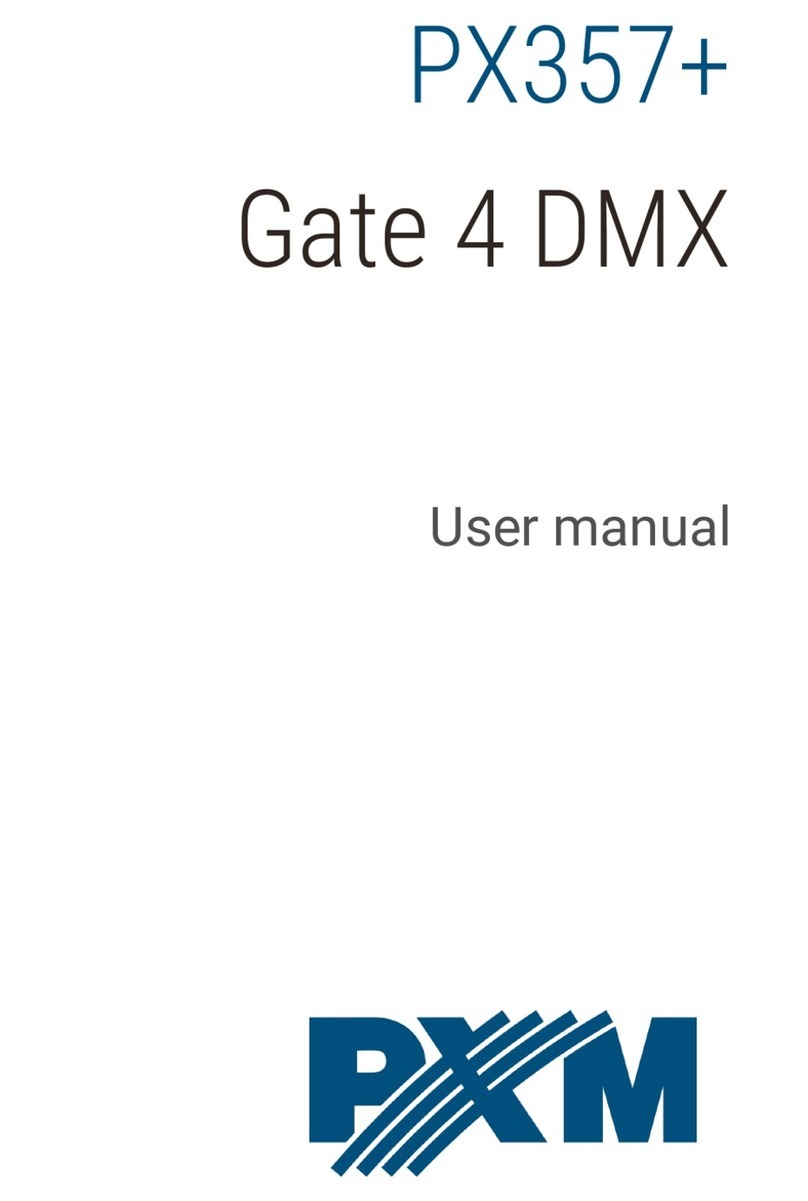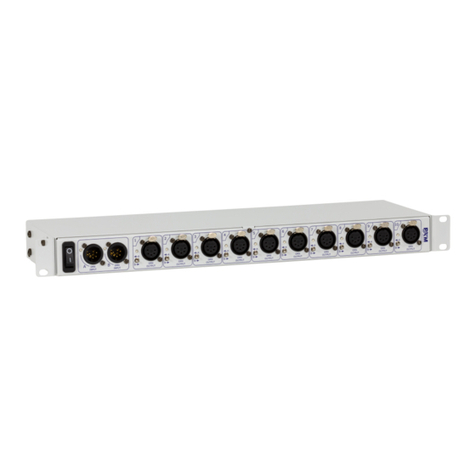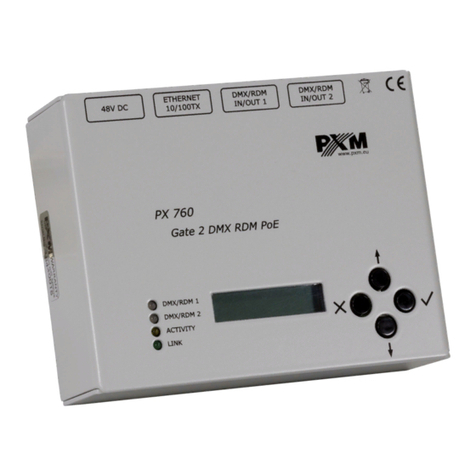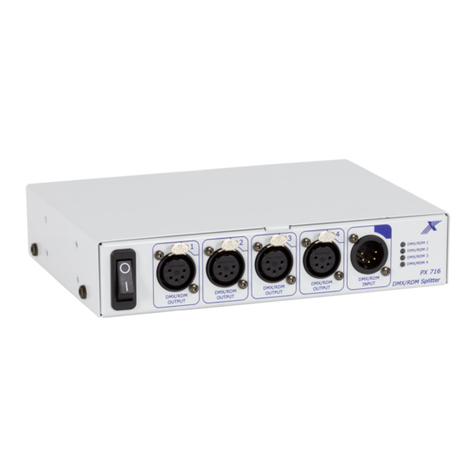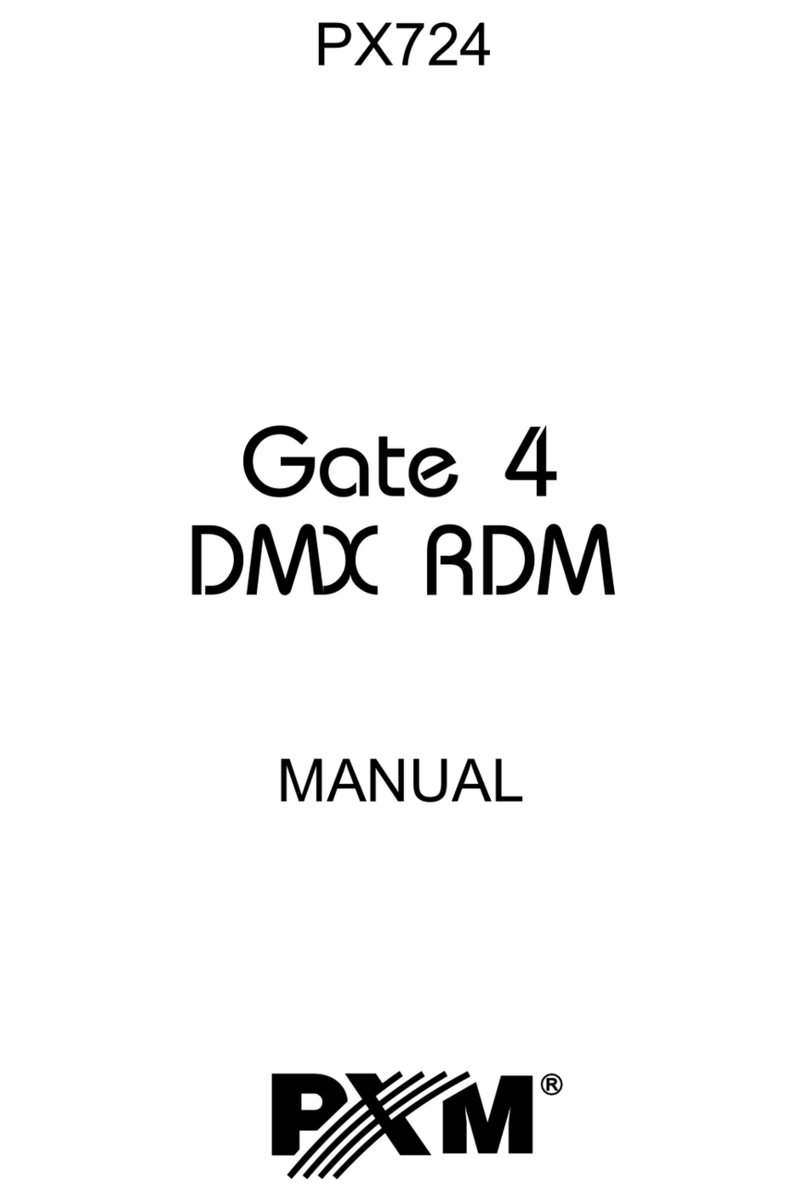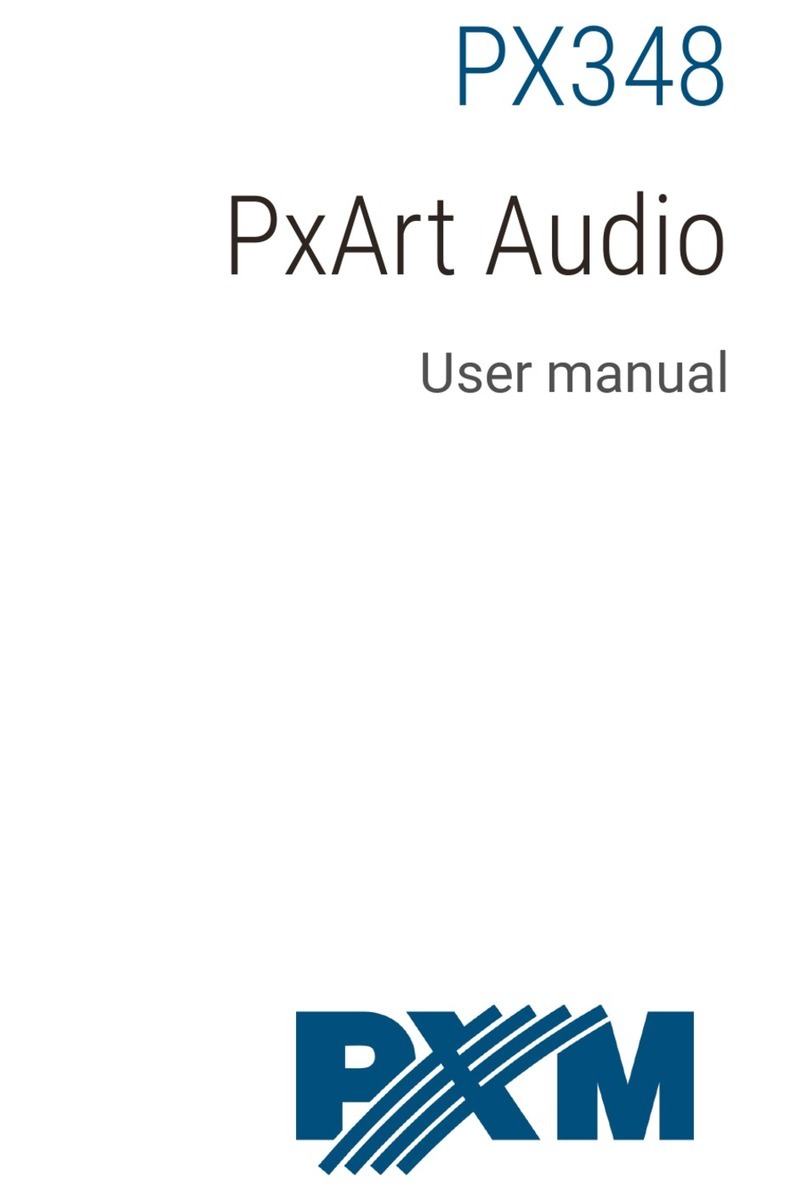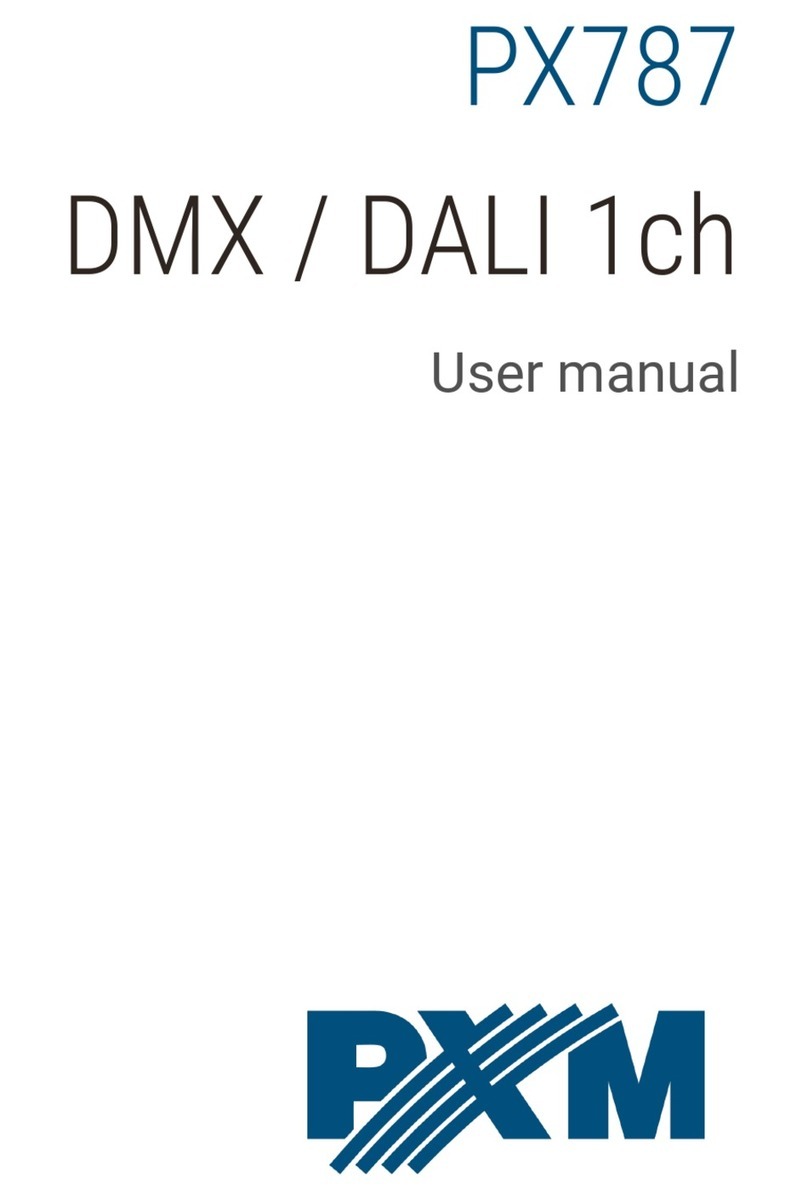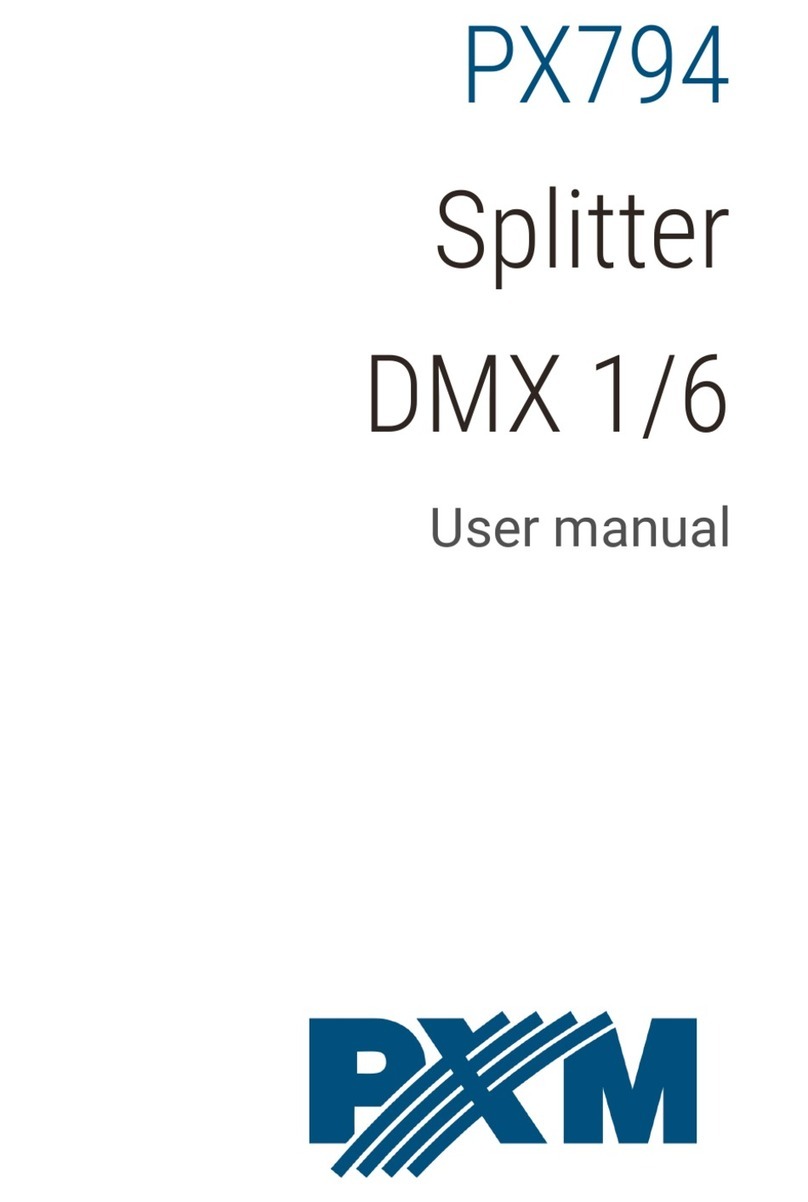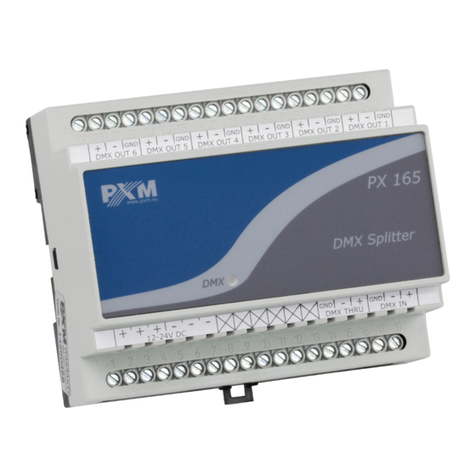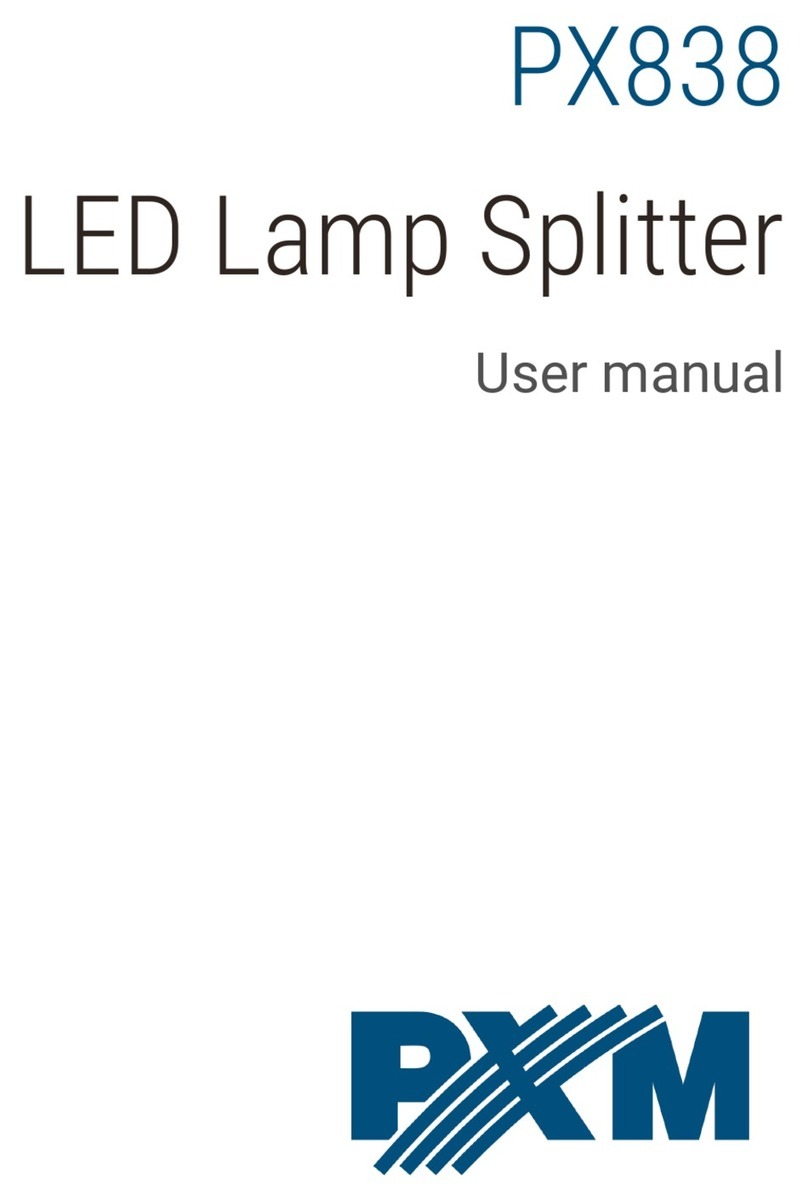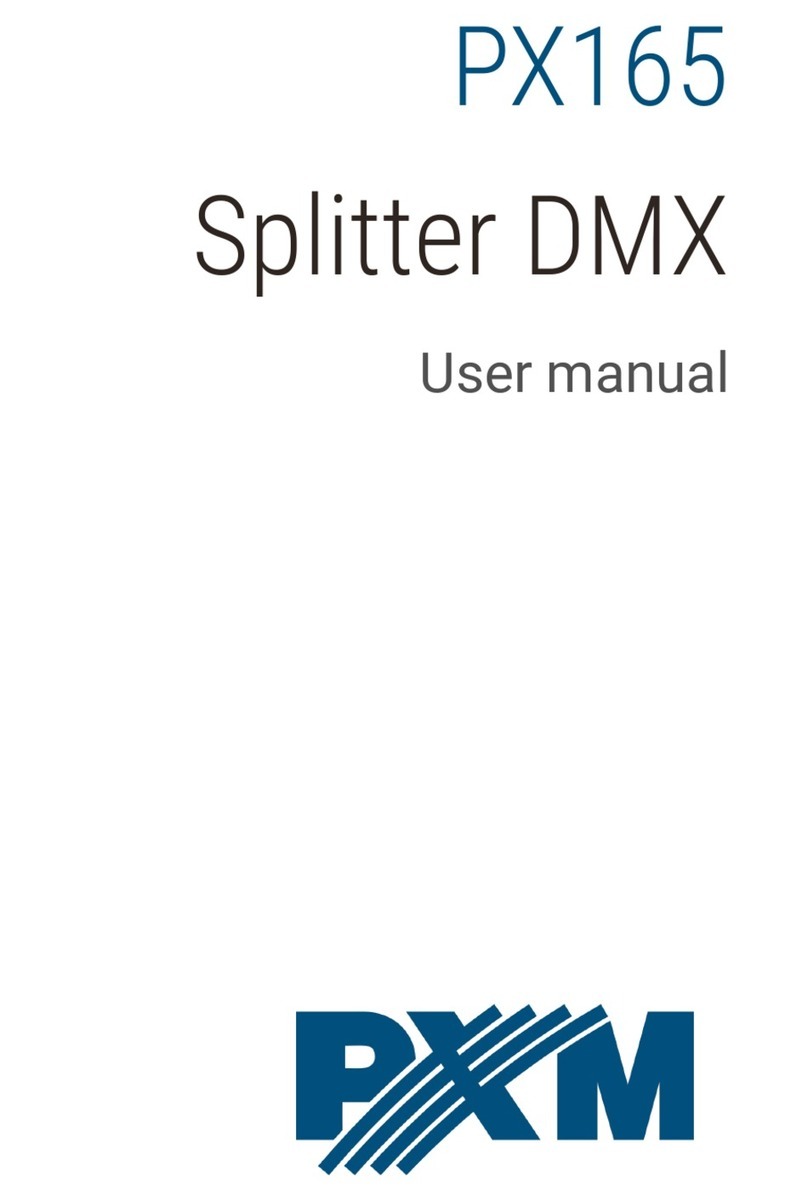
CONTENTS
1
1
2
2
2
3
4
4
5
6
7
7
7
8
8
9
9
9
10
10
10
11
11
12
13
14
14
14
14
15
16
17
1. General description.............................................................................................
2. Safety conditions.................................................................................................
3. Connections and control elements description....................................................
4. Programming the device.....................................................................................
4.1. Navigating the menu..............................................................................
4.2. Menu scheme.........................................................................................
4.3. A detailed scheme of the menu..............................................................
4.3.1. Menu ALL.................................................................................
4.3.2. Menu Ind...................................................................................
4.3.3. Menu dAL ALL....................................................................
4.3.4. Menu dAL Ind.....................................................................
4.3.5. Menu dAL Lno....................................................................
4.3.6. Menu dAL Ini......................................................................
4.3.7. Remarks...................................................................................
4.4. Setting addresses of the DALI devices..................................................
4.5. Setting the number of the DALI devices.................................................
4.6. Menu ALL...............................................................................................
4.6.1. Main DMX address...................................................................
4.6.2. The reaction of the device on loss of DMX signal....................
4.7. Programming of individual DMX address...............................................
4.8. Menu dAL ALL...................................................................................
4.8.1. Determination of parameters for all DALI ballasts....................
4.8.2. Description of the available DALI parameters..........................
4.8.2.1. The configurable parameters........................................
4.8.2.2. Messages read-only.....................................................
4.8.3. Adding / removing of all the ballast from the group..................
4.9. Menu dAL Ind....................................................................................
4.9.1. Determining the DALI parameters for the individual ballast.....
4.9.2. Adding / removing individual ballast from the group.................
5. Connection diagram............................................................................................
6. Specifications......................................................................................................
7. Declaration of Conformity....................................................................................
Manufacturer reserves the right to make modifications in order to improve device operation.
PXM s.c.
ul. Przemysłowa 12
30-701 Kraków
POLAND
tel: (+48 12) 626 46 92
fax: (+48 12) 626 46 94
Internet: www.pxm.pl
Rev.1.1.
